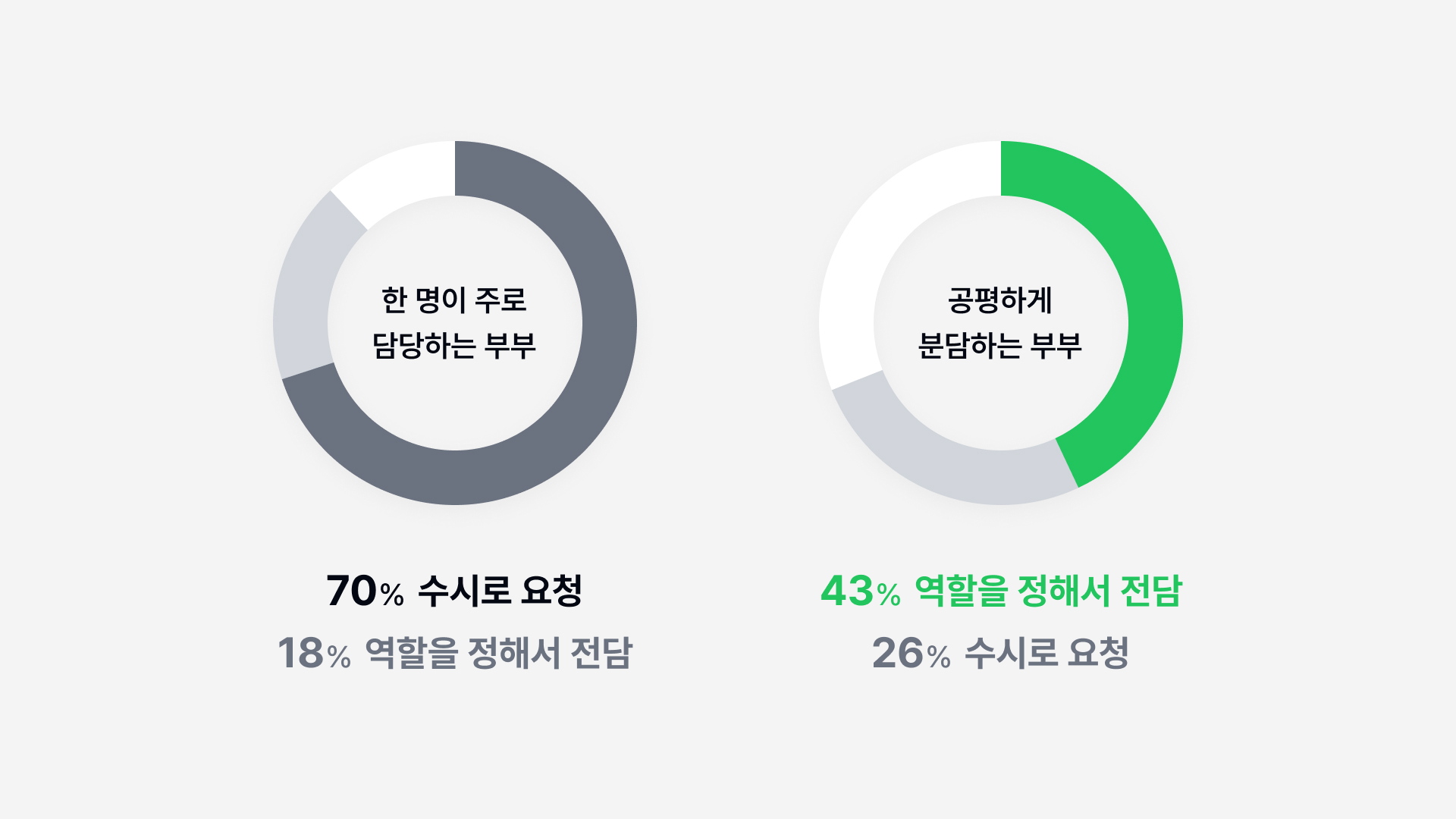together — Family Chore Sharing Service Design
together is a service that allows family members to share, manage, and communicate about household chores together. We observed various issues arising from chore sharing among family members and designed a service to solve these problems through various insights.














